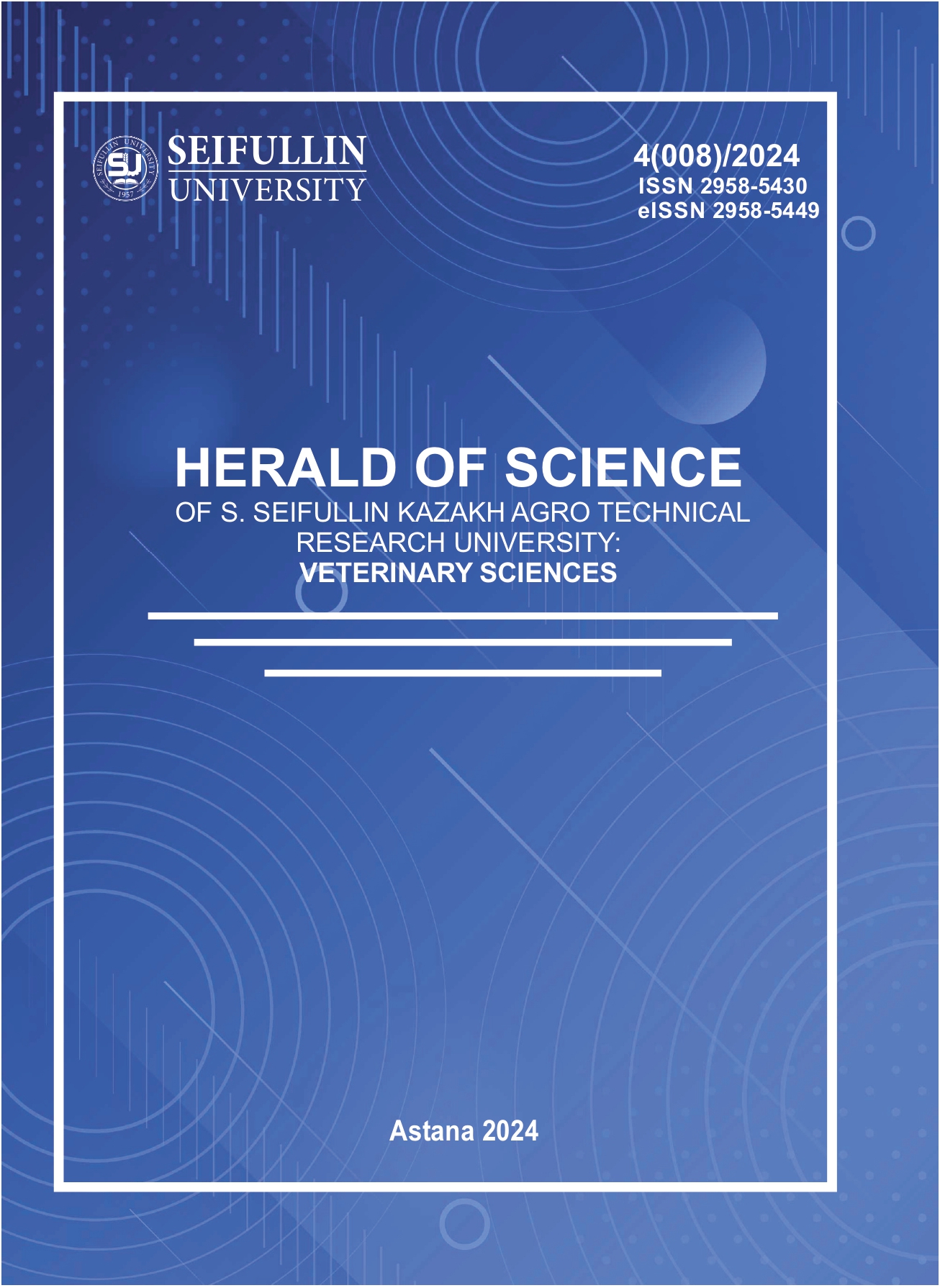Analysis of microbial contamination in different types of meat in the Kostanay region
DOI:
https://doi.org/10.51452/kazatuvc.2024.4(008).1798Keywords:
coliforms; food safety; meat; microbial contamination; QMAFAnM.Abstract
Background and Aim. Meat is a favourable environment for the growth and viability of pathogenic microorganisms. Bacteria in meat cause spoilage and increase the risk of foodborne toxic infections of various origins during consumption. The importance of monitoring and analysing microbial contamination is increasing due to increased requirements for food safety and public health protection. The aim of the study was to analyse the overall level of microbial contamination of different types of meat sampled from retail outlets in the Kostanay region.
Materials and Methods. A total of 30 meat samples, including pork, beef, and horse meat, were collected for analysis. To assess microbial contamination of the meat, the number of mesophilic aerobic and facultatively anaerobic microorganisms (QMAFAnM) and their species composition were determined.
Results. It was found that 96% of the meat sold at the retail level had elevated QMAFAnM, with coliforms isolated in 30% of the samples. Salmonella spp. and Listeria monocytogenes were not detected in the meat tested. Pork meat had the highest microbial contamination compared to beef and horse meat samples.
Conclusion. Exceeding the permitted levels of QMAFAnM and the presence of coliform bacteria indicate potential health risks for consumers and more effective measures are required to ensure food safety.

